This is a 4-part series on the Lewis-Clark Valley Loggers, a college-level football program composed of men who play and coach for the love of the game.
Part 2: An Idea and a Dream Bob Could Not Let Go
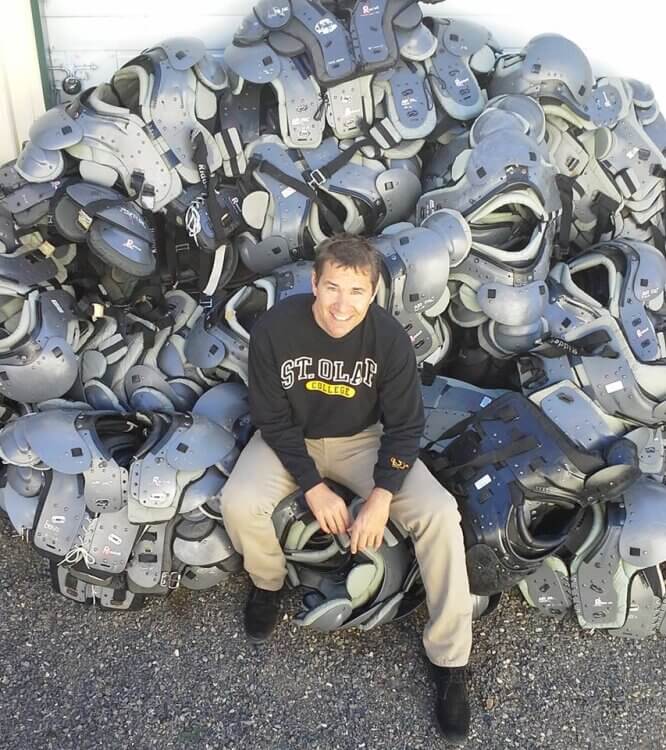
The Director of the LC Valley Logger Football Program, Bob Thorson has an interesting and diverse past. An alum of LC State, he has an MBA and specializes in Marketing. His early career focused on music. At one time, Bob owned a record store in Lewiston, Idaho, DJ’d, and worked in local concert promotions. Additionally, he worked at LC State as a Marketing professor. In 2012, he was diagnosed with a brain tumor. Surgery to remove the tumor affected his vision and sensation on the right side of his body. It was during his recovery that he shifted his focus from college teaching to realizing his dream of creating the LC Valley Loggers football program.
Raised as a Minnesota Vikings fan, Bob, at the age of four years old, began to develop a love for the game. It was his summers in high school visiting his grandparents in the small town of Northfield, Minnesota that led to him dreaming about creating a college football program in his hometown. If competitive football programs, like St. Olaf College and Carleton College, could have success in the small town of Northfield, why couldn’t it happen in Lewiston, Idaho?
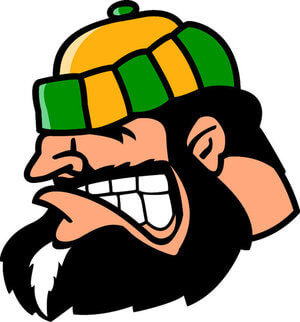
Initially, Bob hoped that his alma mater, LC State, would embrace the idea of starting a club football team. When they didn’t, Bob decided to pursue this dream himself. Thorson wanted a program focused on students. A firm believer in education, he wanted to make sure that his program was designed in a way that supported academic and athletic growth. Bob’s dream involved both an academic and athletic playbook. First, he found a league to join in western Washington composed of teams in Seattle, Tacoma, and Everett. Competitors were college students playing on non-college affiliated teams. As the Loggers program grew and evolved, they moved away from the Puget Sound League and assumed an independent status. Always at the center of this, was Bob. Funding a college-level football program with no institutional support requires creativity and ingenuity, two things Thorson has a lot of.
“…one of the things I used to emphasize in my classes, because I taught business classes, and I would always say there are two ways to make a dollar, one, a dollar in additional revenue, and the other is an additional dollar in cost savings. So, we run mean and lean. I mean, we’re very creative about ways to save money and being very frugal. In fact, I always joke that a lot of the Division-III programs that we play, a lot of those private schools, what it costs one of their players – and some of them have rosters of 120, 130 players – what it costs one of those guys to go to school at that institution would run our program for an entire year.”
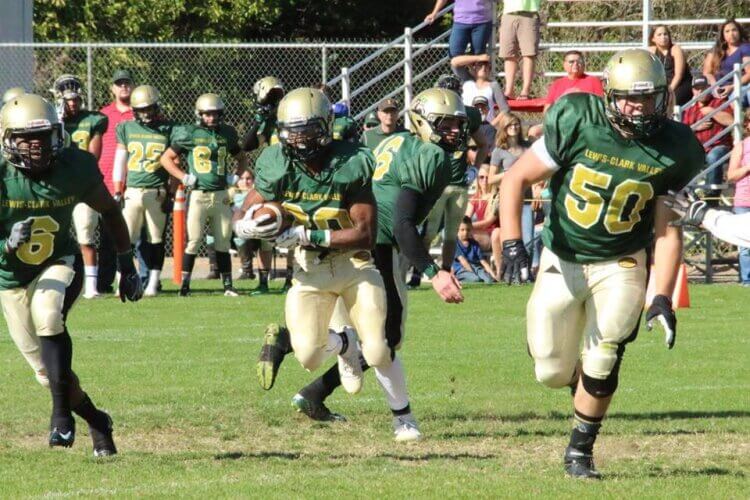
And running the Logger Football Program, also means Bob wears a lot of hats.
“As soon as I leave here, I have to go get eight jerseys repaired that were obliterated on Saturday night and have to be ready for our next game this Saturday. I have to take the press release and film card for last week’s game, after I’ve identified specific cuts, specific plays, to KLEW TV (a local television channel), so they can do a feature on this evening’s newscast, and I have to stop by Printcraft (a local print shop) to proof our tickets and rosters for the next two home games. [In] most football programs, you would have a dozen distinct positions. Some large programs could have upwards of 30 people in an athletic department doing these various tasks. Most of those things still have to be done, so I can be counted on to do anything from sports information to laundry and everything in between.”
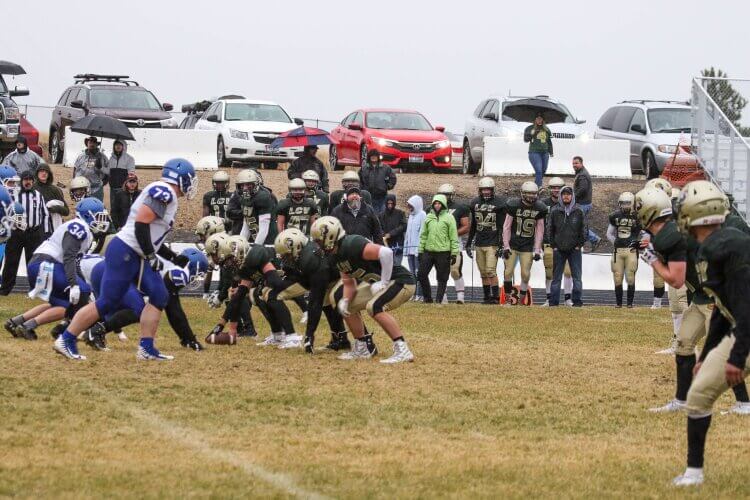
Due to the responsibilities, each day brought a new adventure. A shining example of Bob’s ingenuity can be found in the story of “The Arduous Jersey.” Thorson shared that purchasing new jerseys can be a tricky process. They are expensive and it can be very difficult to find affordable and quality jerseys in the Loggers team colors. One season, outfitting the team took on a whole new set of challenges. Thorson shared,
“We needed new home jerseys. It was really difficult to find them in our colors, Forest Green and Vegas Gold. The very few that I could find were very expensive. I can’t remember if they were Nike jerseys but they were at least four times what we’ve been spending on jerseys. Our other jerseys were made by Teamworks, so I found some Teamworks jerseys in our color, but it’s really hard to tell on the internet if the colors are going to be a match to what you’re looking for. Usually, you get a sample. I asked for a sample and [the employee] said ‘Teamworks is going out of business this week and we’re not selling any Teamworks jerseys.’ This was on a Wednesday. ‘You’ll have to decide right now,’ so I said, ‘Okay, I’ll go ahead and risk it.’ I ordered them. They said, ‘Well, we’re already out of half of those.’ So, I got as many as they had and then called four other distributors and got all that they had. All of the jerseys arrived…and they were the wrong color entirely.”
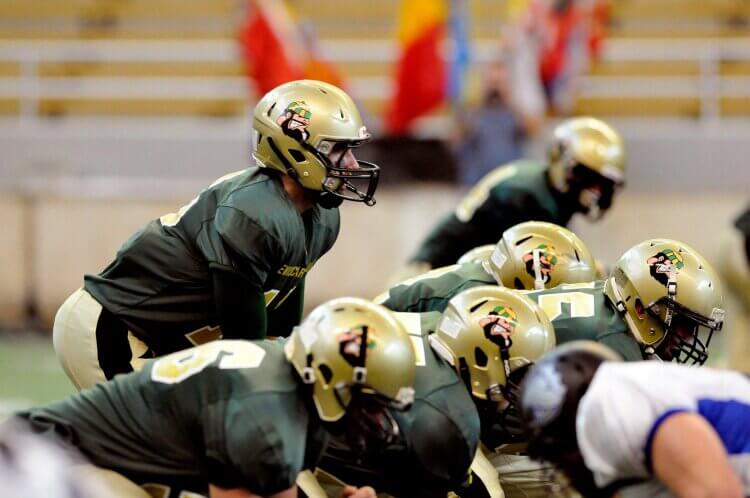
Unable to return the jerseys and working with a budget that simply wouldn’t allow purchasing another round of new ones, Bob knew he had to find a solution. He decided to dye the jerseys himself. With the help of multiple fabric experts in Idaho and California, Bob was able to locate the special dye needed. However, the exact colors were unavailable which meant he was going to have to mix colors to find the right combination. Thorson seems to always find a solution.
“I experimented and after about 8 or 10 different concoctions, I found the right blend. I got a hold of several companies that had big vats because I wanted to do them all at the same time, but no one would let me use their vat because they’re not sure about the dye and were not comfortable doing that. So, I had to do them all individually one at a time. Each one took about an hour to dye and I had to get the blend to match each time I did the jersey. The jerseys ranged from [medium] to XXXL so each size had to have a slightly different compound or solution. I did all 50 jerseys and each one took me about an hour to do the initial…I had to boil the dye. Some I would have to do again. Some got too much (dye) and some got not enough. Eventually, I got them all done and matching fairly well.”
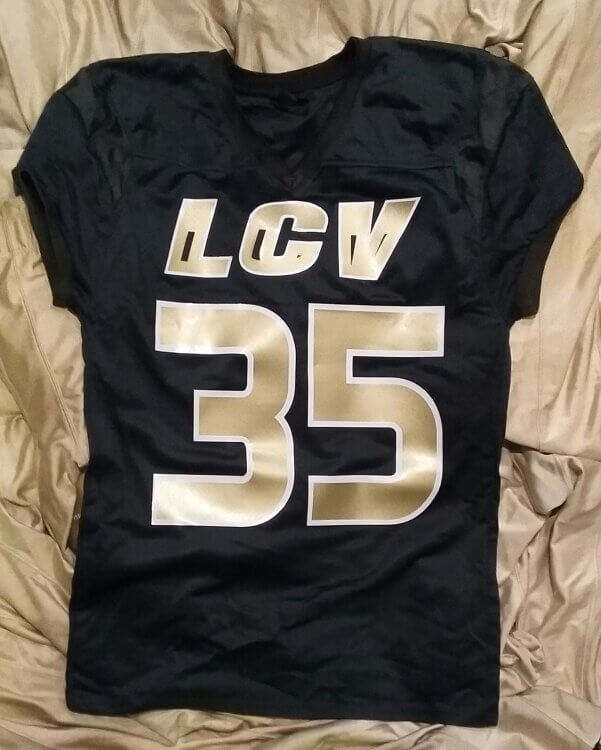
To ensure the jerseys were ready for the opening day of the season, the next step was to have the team name and jersey numbers added. Thorson called his screen printer to make an appointment. However, because of the special dye, Bob had used, the typical method of using silk screening was off the table. The company was only able to guarantee the product using the press-on method. Thorson shared, “Unfortunately, some of the letters they put on backward […] I remember our player who was number 3, it looked like the letter ‘E’ so all season long after that he was known as ‘E’. So, anyway, we got them corrected.”
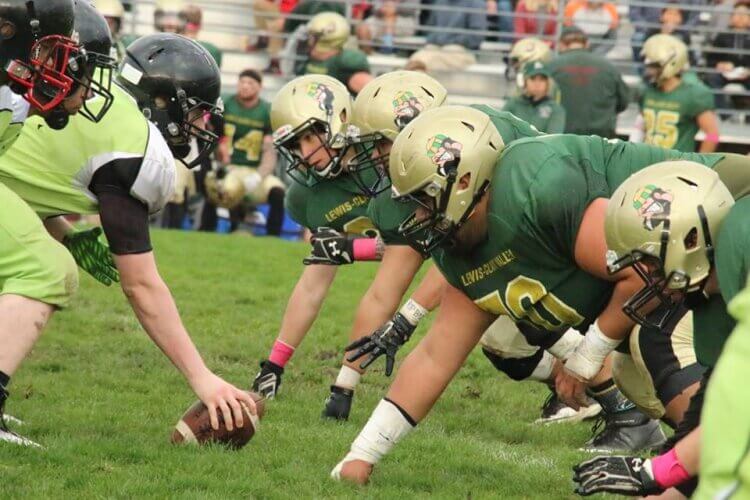
While Bob’s resourcefulness, work ethic, and commitment to the program’s success are unquestionable, even he could articulate that “The Arduous Jersey” tested him.
“In a scenario like this, […] you wonder about your own sanity, because every step of the way, you wonder, ‘Do I stop now?’ I mean, it would have been so much easier to buy the initial jerseys that were four times as expensive, you know, the high-priced Nikes or whatever they were. It would have been a much better deal. You wonder at what point do we cut bait? How much further do I go with this process? But part of you thinks, ‘Well, I’ve got so much time, money, and energy invested in this project already, I’m going to keep going,’ but another part of you wants to turn tail and run. These are the types of things that would make most coaches and athletic directors head for the hills.”
But not Bob.
People are drawn to the program because of its authenticity. The program exists to provide young people with an opportunity to play and to help young people earn a college education in a healthy, safe, and supportive atmosphere. In addition, the program gives back to the community. Student-athletes hold football clinics for local youth and members of the Loggers team volunteer at community events. Program decisions are made to ensure these primary goals are met. This model, one that truly places the student-athlete experience at the forefront, embodies the original and true spirit of college athletics.
Up Next, Part III. It’s All About the Kids
For Part I.: http://www.pheamerica.org/2020/the-story-of-the-lewis-clark-valley-loggers-football-program/
If you are interested in following the LC Valley Logger Football Program, please visit their website at www.lcvalleyloggers.com and check them out on Facebook at “Lewis-Clark Valley College Football.”
